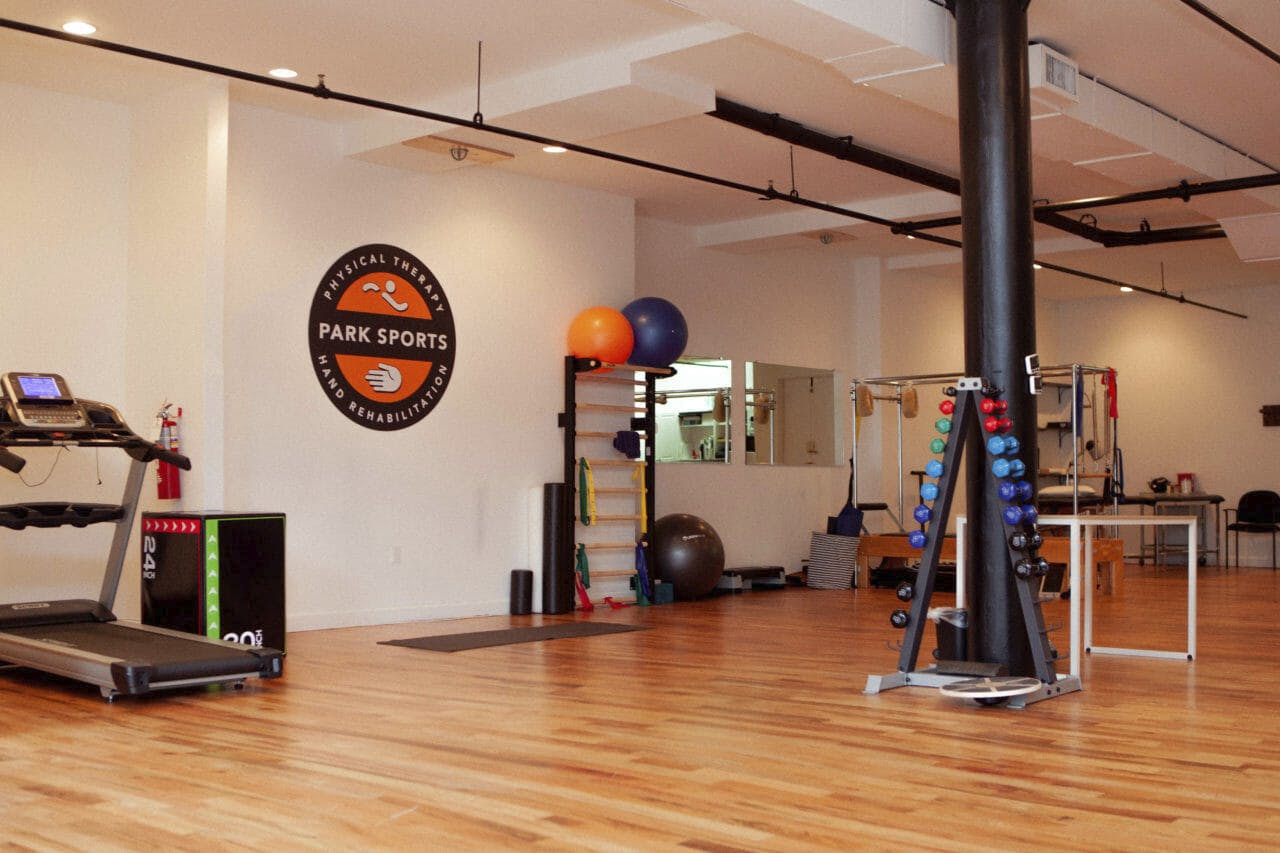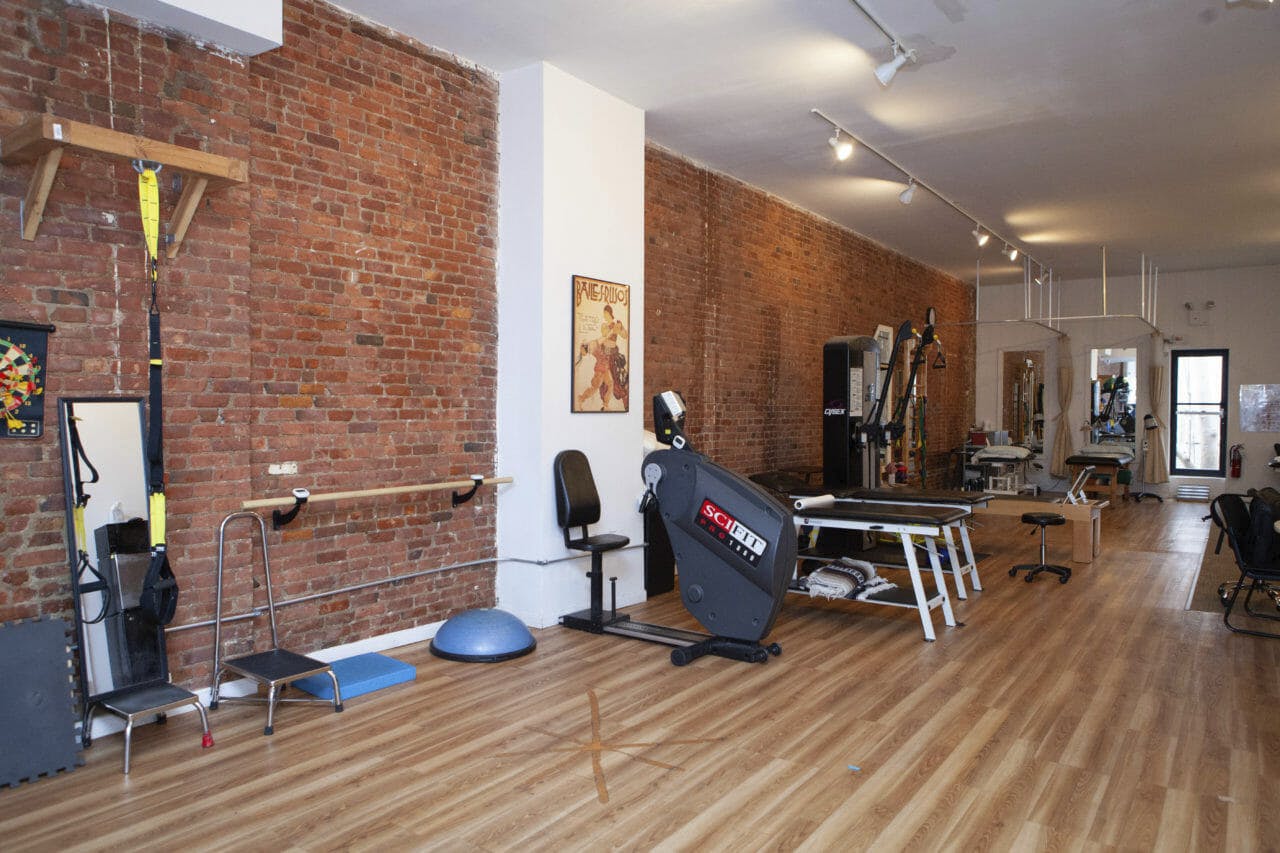Brooklyn’s own Park Sports Physical Therapy is expanding its in-person hours and as always, your safety is uppermost on our minds. Park Sports has stepped up our already-strict precautions for staff, our clinics’ physical environment, and follow strict CDC guidelines for your own health and safety during the COVID-19 pandemic.
We have made every possible effort to create safe conditions in our medical office using enterprise-class measures. We ask your patience and cooperation with the stronger COVID-19 safety procedures as together we take this important step in your recovery.
Safety for In-person Physical Therapy
Protecting the health of patients and staff is critical as the country reopens workplaces, and that is doubly true for medical clinics.
For your protection and the that of our staff we:
- Screen all arriving patients, clinicians and team members for potential Coronavirus (COVID-19) exposure
- Follow the latest Centers for Disease Control (CDC) guidelines, including frequent and thorough hand washing throughout the day, and hand sanitizer in every room
- Sterilize and protect all clinic surfaces with broad-spectrum long-lasting Purity Solution Electrostatic Spray
- Require Therapists to wear masks, gloves, and other personal protective equipment (PPE).
- Have begun using touchless admission processes at our front desk
- Clean all high-touch surfaces such as door knobs and bell buttons
- Have reconfigured our clinics to comply with CDC social distancing rules
- Set a clinic occupancy limit
- Increased time intervals between admission of patients (30-45 minutes)
- Ask assistants and other non-patients to wait outside the clinic except when absolutely necessary

Park Sports Safe Against COVID-19. Above: Park Sports Williamsburg location
…and at Fulton Street location
Park Sports In-person and Telehealth Physical Therapy
With the safe reopening of our locations, your choices of treatment modes at Park Sports have now expanded to include:
- In-person visits
- Virtual telehealth sessions
- Coming: on-demand home visits
In Park Sports’ two decades of practice, we see that the most important factor in the success of your recovery is completion of the course of treatment developed for you. Now, despite the COVID-19 crisis, our aim is to give you more avenues to success.
More resources:
CDC Outpatient Care Guidelines
.png?auto=format&auto=compress&h=150)
